Please send in your wildlife photos, as we are in serious danger of running out. I am not kidding! Help me out, please.
Today’s batch of photos comprise the photos taken by Robert Lang on his recent trip to Antarctica: this is part 4 of 7. Robert’s notes are indented, and you can enlarge the photos by clicking on them,
Antarctica Part 4: Flying Birds
Penguins are the avian stars of Antarctica, but there are plenty of other birds to see—and the others do a bit of flying to get around.
The Antarctic Shag (Leucocarbo bransfieldensis) is a species of cormorant, but with its black-and-white coloring, can be mistaken for a penguin, at least from a distance; once it takes wing, of course, any illusion is broken:
Another black-and-white bird is the Antarctic Tern (Sterna vittata), but it’s never going to be taken for a penguin:
The Kelp Gull (Larus dominicanus) is also a visitor to the islands off of the Antarctic Peninsula:
A gull-like bird is the Southern Giant Petrel (Macronectes giganteus). As the name suggests, they’re quite large, and have a distinct tubular nasal passage, called a naricorn, on the upper bill, that makes them easy to distinguish from other large birds of similar shape:
And flying:
The bad boy of the avian Antarctic is the Skua (Stercorarius sp.). There are two Antarctic species, the South Polar Skua (Stercorarius maccormicki) and the Brown Skua (Stercorarius antarcticus). I don’t know which one this (these) are; precise IDs from readers would be welcomed. Here’s one on a rare patch of color:
Skuas will prey on penguin chicks, and we saw one take one. It hovered over a colony, dove in, took off from a cacophony of squawking penguins with a hatchling in its mouth, and flew a few tens of yards away. It then dispatched the chick with a few pecking blows and swallowed it whole. Sad to see, but it’s the circle of life in the Antarctic:
Another bird that hangs around penguin rookeries is the Snowy Sheathbill (Chionis albus). It will eat almost anything it finds, and often finds worthwhile fare in penguin guano, a habit that has given it the nickname of “sh*t chicken” (at least, according to our leader):
Another distinctive bird is the Cape Petrel (Daption capense): two shown here from the underside:
They are most distinctive when seen from above, as here. Because of their black-and-white speckled pattern, our leader called them “QR code birds.” It’s a little amusing to think that each one might have its own website. Alas, my iPhone refused to lock onto any of them, so I just had to be satisfied with photographs:
Next: Seal Team Six.


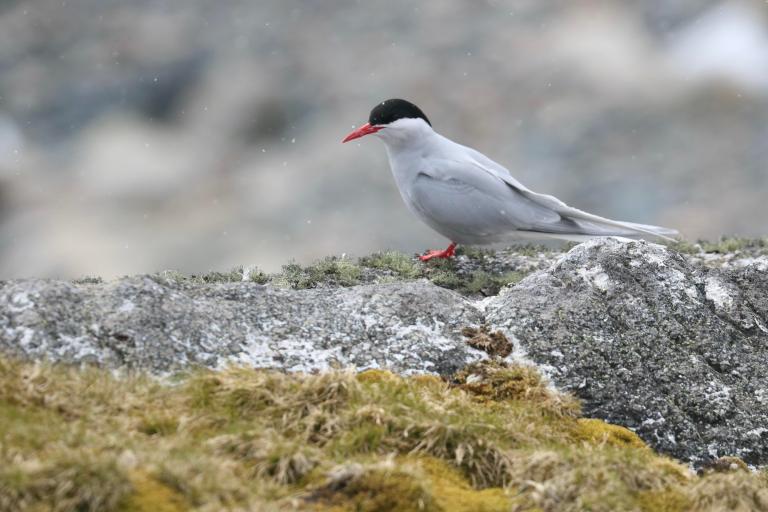
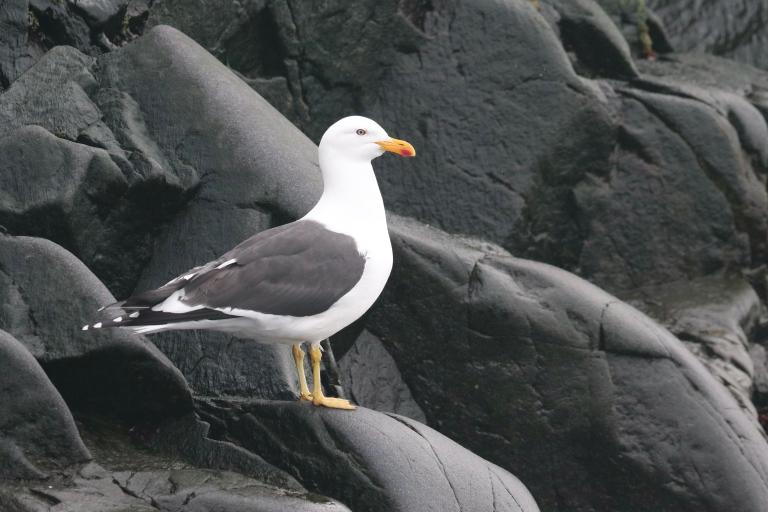
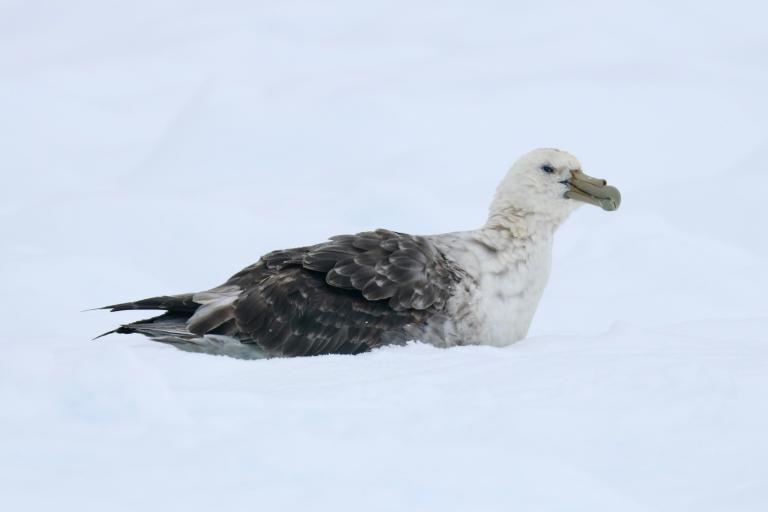

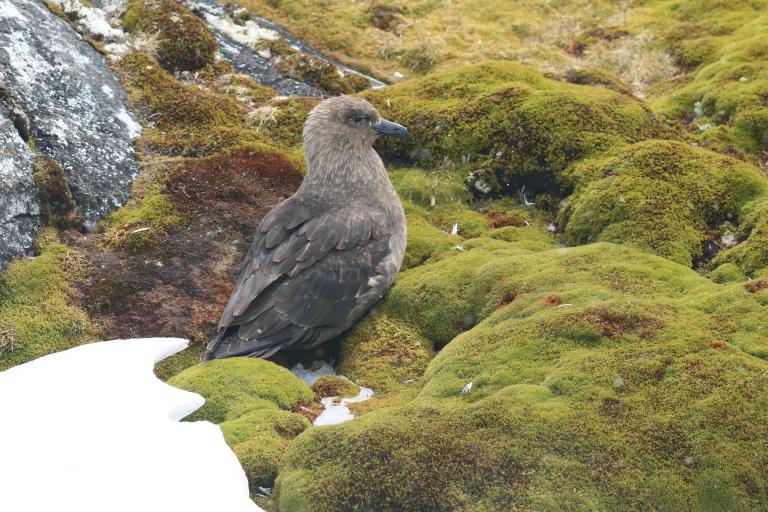
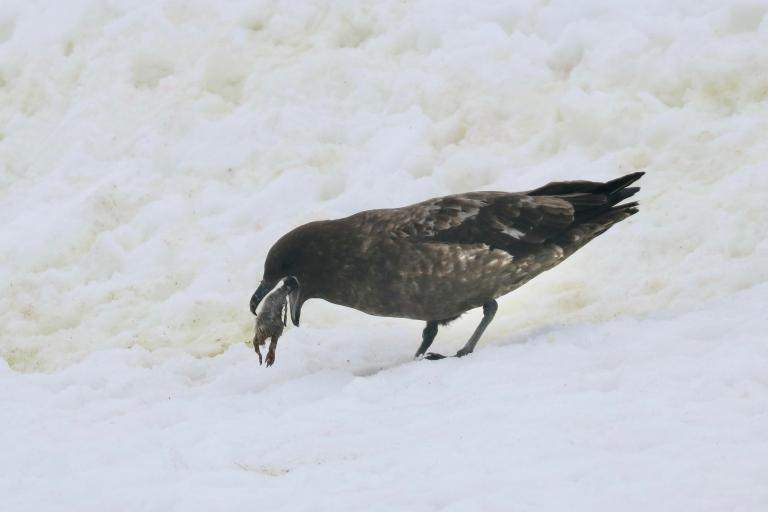
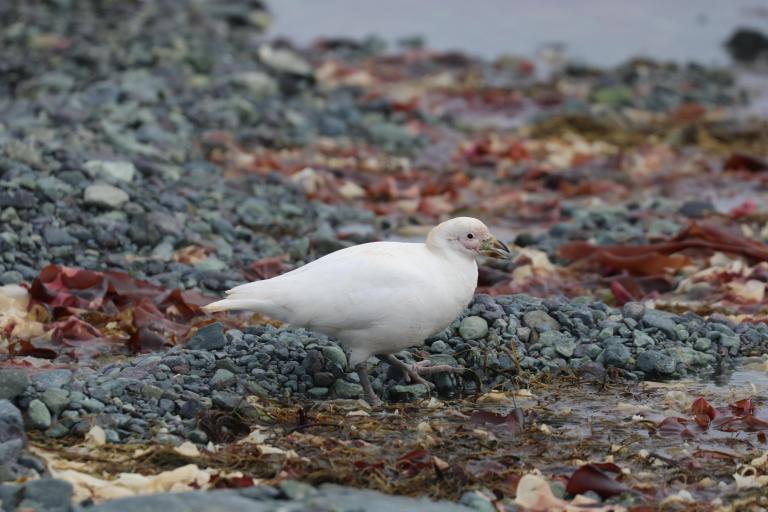

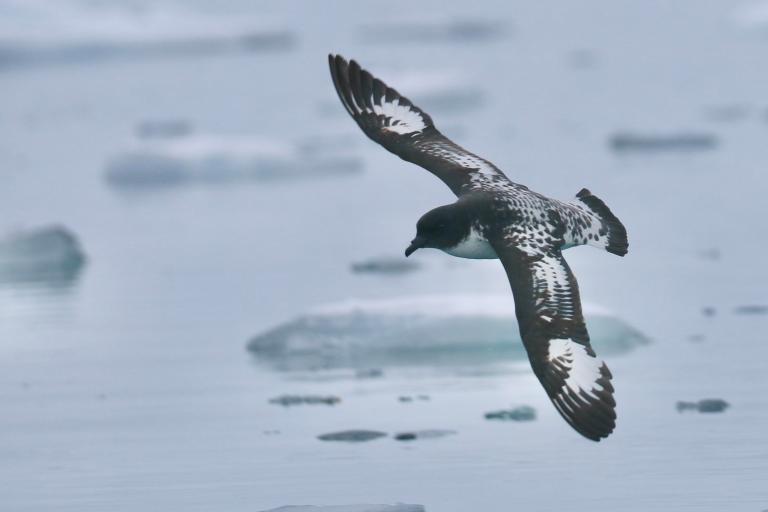
Exhilarating
Skuas as bad boys: the photos show one of the species of Antarctic skuas. The northern ones are fascinating birds too, and they are known for attacking people. I’ve been attacked. It’s scary. The local word for them in Shetland is Bonxie. This is supposedly a word of Norwegian origin, but it fits what they are trying to do to you. Bonx as a hit of your head by a fast moving very solid wing. Other birds learn how to steal food from flying birds by observing the skuas, who are professionals.
Non-penguins! Very nice. Thank you.
I like the flying birds of Antarctica too! Many of them look “tough” that’s for sure.
Thanks for these black-and-white photos! 🙂 I especially like the S**t Chicken.
The Common Cormorant, or Shag,
Lays eggs inside a paper bag.
The reason you will see no doubt
Is to keep the lightning out.
But what these unobservant birds
Have never noticed, is that herds
Of wandering bears may come with buns,
And steal the bags to hold the crumbs.
–anonymous
(I’ve seen it attributed to Christopher Isherwood but I don’t believe that.)
The white of the Kelp Gull posing against the grey background is stunning. All of them are magnificent.
Those are really pretty pictures. Love the narration. The Southern Giant Petral (seated in the snow) looks like he’s trying to tell you something with that eye contact.
Thank you for brillant pictures and narration. Skuas were new to me. I was faintly reminded of Keas, although they are not related.